Peter de Savary is probably one of the most colourful and flamboyant owners of chunks of the Highlands in living memory.
He died, suddenly in London aged 78, on October 30.
He relinquished his links with the Highlands long since, but in the 80s and 90s, his name was household for his gallivanting adventures buying into the Highland dream.
He owned Skibo at the time of the famous Madonna/Guy Ritchie wedding; at one time he owned both John o’ Groats and Land’s End.
He seemed destined for a colourful life from birth, not only claiming to be descended from one of Napoleon Bonaparte’s generals but also that a German bomb had exploded within yards at the moment of his birth.
He also claimed Scottish ancestry, through his maternal grandmother, a Stewart from Bute.
De Savary grew up on a pig farm in Essex, but on the divorce of his parents when he was two, went to live in Venezuela for seven years, before being dispatched home to board at Charterhouse.
Apparently he was expelled after being caught in bed with the headmaster’s au pair, and the stage was set for his maverick, risk-taking, entrepreneurial life.
By 18 he was in Canada, married with a wife and baby.
It was to be the first of three marriages.
His big break into business came when he was 25, and met the widowed owner of a small African trading business.
Chumming up with the brother of the president of Nigeria, de Savary was well on his way to acquiring millions through trading commodities including oil to several African countries.
Route to buying Skibo Castle
He created his own chain of hotel/clubs, St James’s Clubs in London, Los Angeles, Paris and Antigua, and these proved to be his route to buying Skibo Castle, Sutherland by auction in 1990.
Bitten by the Highland bug, he sold his St James’s chain for more than $100 million to finance his investment of philanthropist Andrew Carnegie’s castle and its 8,000-acre estate.
Legend has it that he spotted the castle in the distance and told his wife: “I just have a feeling if I get out of this car, I’m going to buy this castle. And I do not need to buy a castle.”
He did get out of the car, and went on to own the castle for 13 years, introducing his Club model with the creation of the luxurious private Carnegie Club and the 18-hole golf course which would soon become a magnet for the rich and famous, including Jack Nicholson with whom he shared a fondness for cigar-chomping.
The Carnegie Club continues to thrive to this day, an important source of local recreation and employment.
Most famously during de Savary’s tenure, Skibo hosted the wedding of Madonna and Guy Ritchie in 2000, attracting a global media circus, though managing to keep the castle wedding intensely private.
The couple also more publicly christened their son Rocco in Dornoch Cathedral.
Even de Savary’s deep pockets weren’t quite deep enough to bankroll Skibo, and the enterprise nearly bankrupted him before he sold it in 2003 for £23m.
It’s less remembered that he intervened to try and save Aberdeen’s Hall Russel shipyard from receivership in 1989.
Peter de Savary once owned John o’ Groats and Land’s End
At the time de Savary was responsible for about 60% of all commercial ship repairing in the UK, running ports and terminals, handling cargo, transport and distribution.
He was also in the throes of becoming laird of John o’ Groats and its hotel, promising to transform the world-famous destination into a ‘totem pole for the entire Scottish tourist industry.’
In 1996 he sold his Land’s End and John o’ Groats company, both sites and their assets, to entrepreneur Kevin Leech.
He had also bought and refitted the Glenborrodale Hotel in Ardnamurchan, a five-storey, 16-bedroom property with 133 acres of land including the uninhabited islands of Risga and Eilean An Feidh.
Businessman couldn’t keep away from the Highlands
His holding company Placeton went bankrupt in 1994 with debts of £200 million according to one source and £715 million according to another.
But de Savary couldn’t keep away from the Highlands for long, and in 2006 bought the Royal Golf Hotel in Dornoch.
He sold it less than two years later, stating that The Royal Golf didn’t fit in with the corporate strategy.
De Savary was also a keen yachtsman, leading the British challenge for the America’s Cup in 1983.
He was also involved in many charities and founded the Victory Trust in 1983 to help underprivileged and disabled children.
He was Millwall FC’s chairman between 2005-6, taking over from Theo Paphitis and preceding John Berylson.
Peter de Savary described himself as ‘an opportunist, an enthusiast, a little bit of a gypsy’ in his approach to business.
He liked to pick up something that was in a mess and transform it into something attractive – after which it lost its appeal for him.
That would seem to be a fair description of his Highland business dalliances.
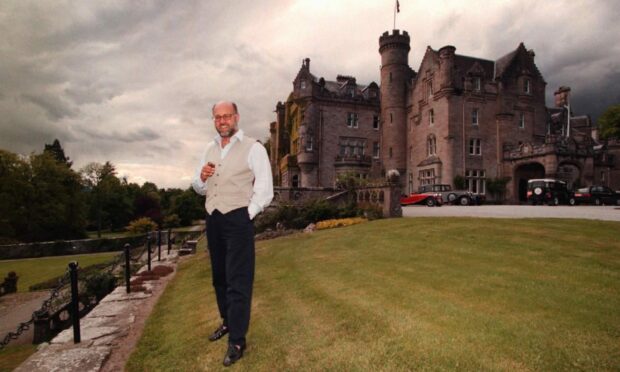
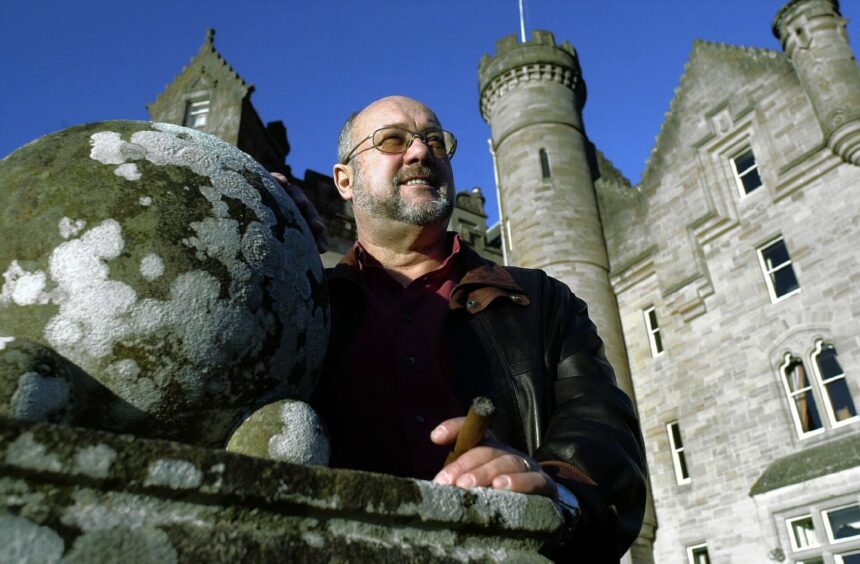
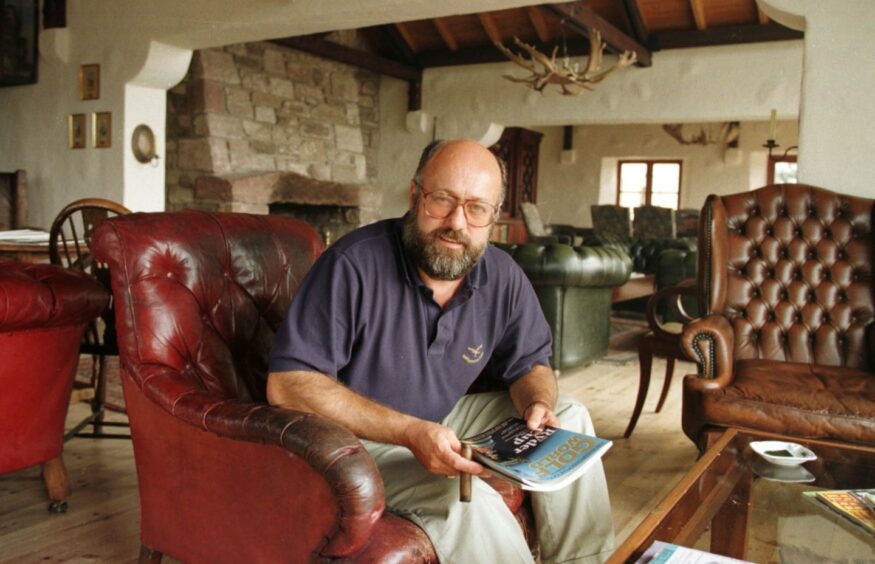
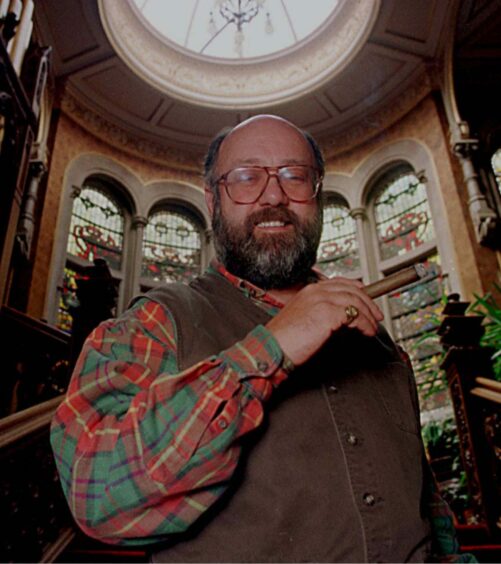
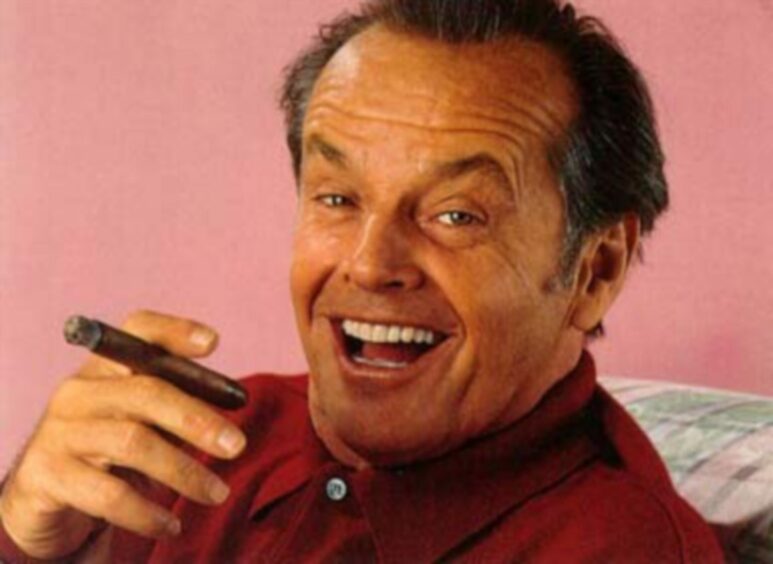
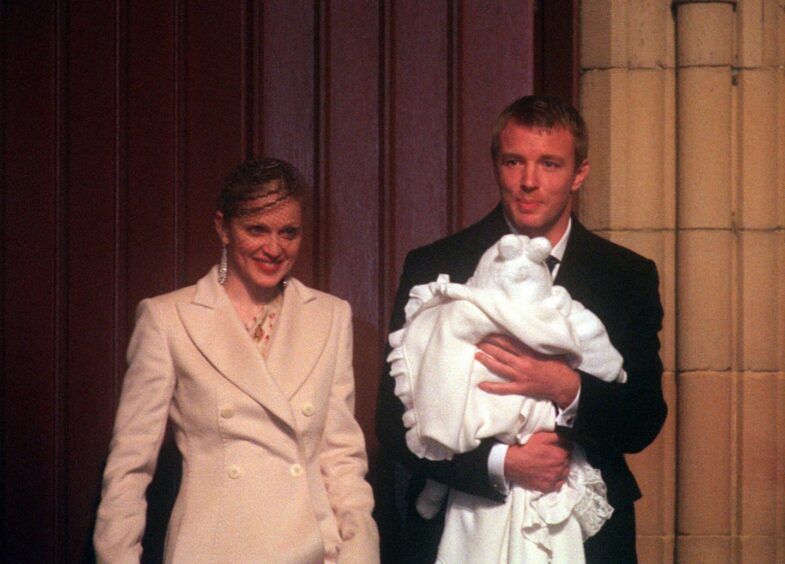


Conversation